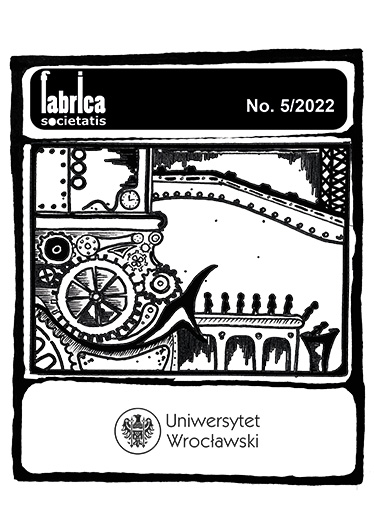

Artykuły

Haryana, in northern India, has a long history of a low female ratio and a gender regressive society. Men began to find it difficult to marry locally and hence brought wives from poor and distant locations. Cross-region marriages cross the customary barriers of village exogamy (marriage beyond one’s own village), caste endogamy (marriage within the caste), language, class, and culture, and may necessitate a significant distance within India. They are arranged marriages that do not arise by the agency of persons brought together by the marriage, i.e., these are not love marriages. They entirely remove a woman from her family, geographical, linguistic, and cultural settings. In such marriages, the weight of adjustment falls entirely on the women, and society does not appear to ‘accept’ them as their own. There is a notable scarcity of writing on the children of such marriages. As the number of these marriages grows, it becomes vital to provide fresh scientific study evidence on the status of all these children by employing new and untested research techniques, concepts, and geographies. Presenting a thorough literature review and listing the research gaps identified by the researchers, this paper suggests conducting biographical research on adult children of cross-region marriages in southern Haryana’s Mahendragarh district for a variety of reasons.

This work is licensed under a Creative Commons Attribution-NonCommercial-NoDerivatives 4.0 International License.